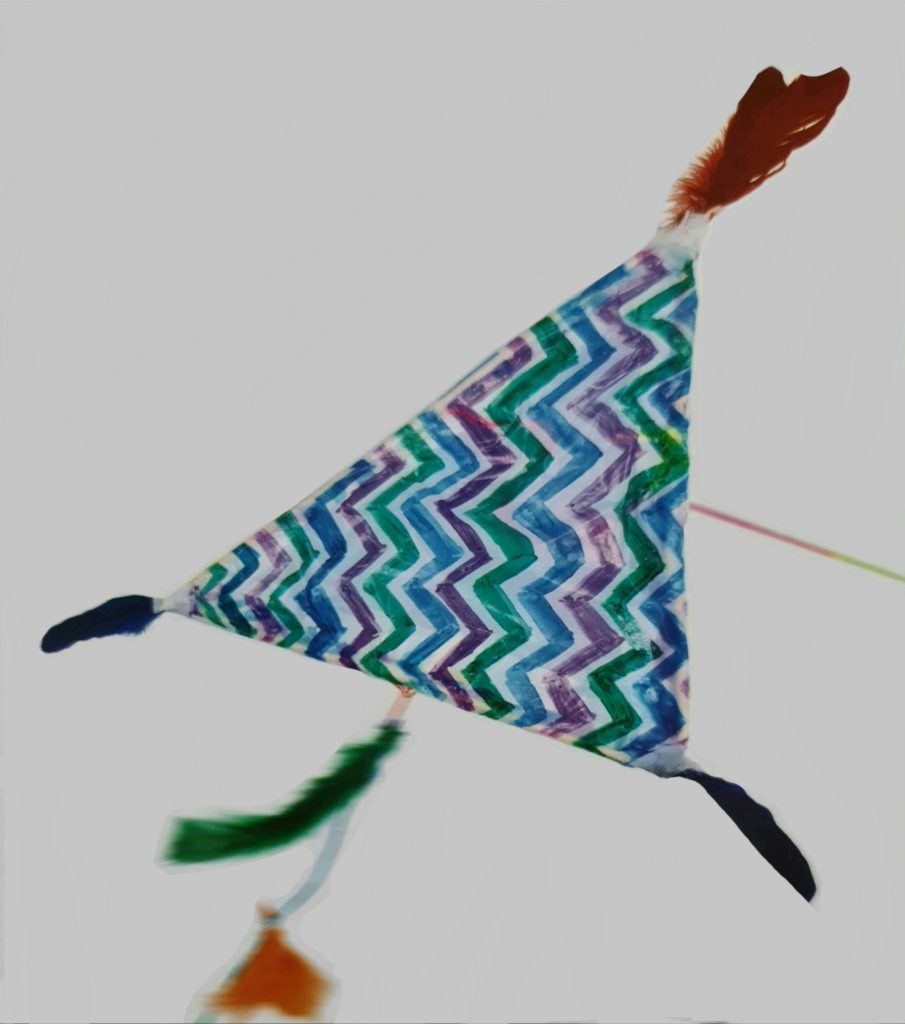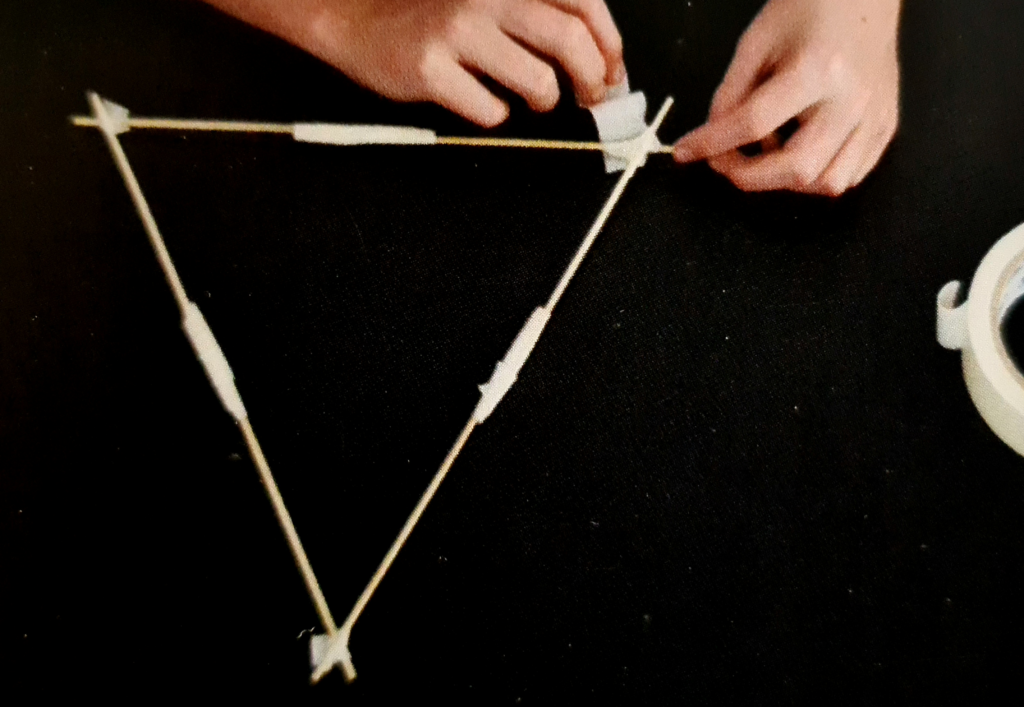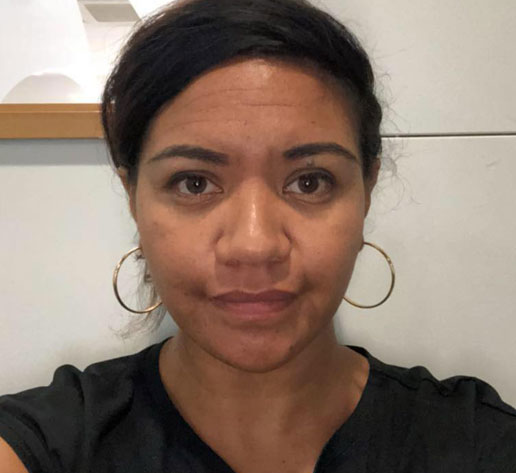A Matariki Story

Every year during winter twinkling in the sky just before dawn, Matariki (the Pleiades) signals the Māori New Year.
On the weekend my hapū Ngāti Tamaoho (Tribal sub-group) celebrated Matariki together. We remembered the dead, celebrated new life, read signs for the upcoming new year, and planned for the future. We then shared in kai and listened to stories from our elders.
My little whānau (family) also celebrated those different aspects of Matariki. There’s my husband Kieran, a chicken farmer and together we have a 5 year old daughter Olive who just started at school. When we celebrate Matariki it is usually small and low key.
This year we made Matariki Kites also known as Manu Aute. Traditionally flown to signify the start of Matariki and used to communicate they were intricately decorated with a range of natural materials, including shells, feathers and flax.
We relish in this time together as a family and as Olive haphazardly shapes her kite we kōrero about what playing could have been like for Māori prior to early european settlers. No toys, no phones, no television. Olives face scrunches… What did they play with???
Play resources that reflect Māori culture are not few and far between, but they are a hidden gem, a well rounded and holistic experience that is just ‘not that popular‘.
Although It is difficult to compete against digital assistants and the smart toys of today, Olive is exploring and participating in cultural customs, being creative, having tactile experiences with natural resources and running around… all beneficial to her learning and development.
Olive throws her finished Matariki Kite into the air, and over and over again it falls hard. Her whole inquisitive self is learning through play; from a Māori perspective.
Olives dad Kieran gives the Matariki Kite a huge heave upwards and it catches the wind up, up, up.
For a moment Olive is still and I realise she commands the same sky as her ancestors did before her.

How to make a Kite – Manu Aute
Different types of kites were flown for ceremonial purposes, or to celebrate special occasions, including Matariki. Some kites take the form of a stylised bird or human.
You will need…
Sticks
String
Paper or Old plastic bag
Cellotape or hot glue gun
Feathers and markers to decorate

- Make a triangle shape with your sticks, fastening the corners together.
- Cut out a piece of paper or plastic of the same size and shape as your triangle base and secure to your triangle base.
- Attach feathers at each corner, and try decorating using traditional drawings (the design shown is called the Poutama.
- Add a length of string to the triangle base and see how it flies.
(From Māori art for kids – Julie Noanoa & Norm Heke, Page 63)

Hello, My name is Jean and I am of Māori descent. I have been working as a Te Ao Māori Field Worker for Playcentre Aotearoa for the past 2 years. My education in Cultural awareness, Tiriti O Waitangi and accumulated personal experience of growing up on a marae (Traditional Māori Meeting place) has lead me to support and guide IPA Aotearoa NZ with all things Play and all things Māori.

